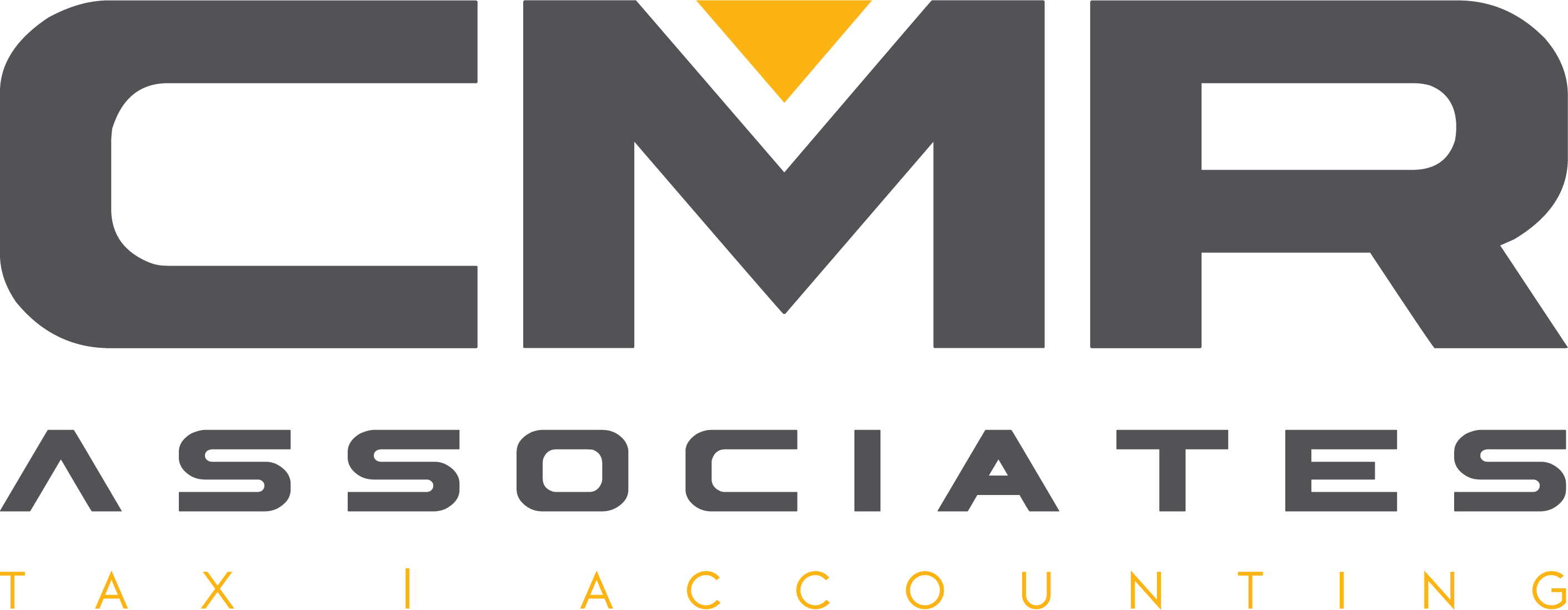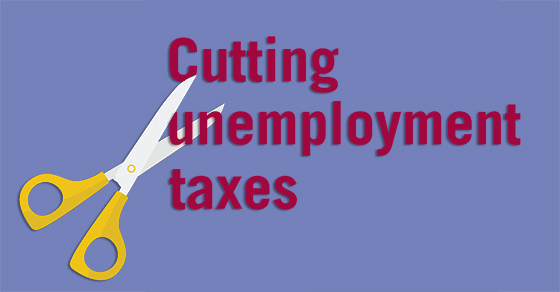Will Congress revive expired tax breaks?
Most of the talk about possible tax legislation this year has focused on either wide-sweeping tax reform or taxes that are part of the Affordable Care Act. But there are a few other potential tax developments for individuals to keep an eye on.
Back in December of 2015, Congress passed the PATH Act, which made a multitude of tax breaks permanent. However, there were a few valuable breaks for individuals that it extended only through 2016. The question now is whether Congress will extend them for 2017.
An education break
One break the PATH Act extended through 2016 was the above-the-line deduction for qualified tuition and related expenses for higher education. The deduction was capped at $4,000 for taxpayers whose adjusted gross income (AGI) didn’t exceed $65,000 ($130,000 for joint filers) or, for those beyond those amounts, $2,000 for taxpayers whose AGI didn’t exceed $80,000 ($160,000 for joint filers).
You couldn’t take the American Opportunity credit, its cousin the Lifetime Learning credit and the tuition deduction in the same year for the same student. If you were eligible for all three breaks, the American Opportunity credit would typically be the most valuable in terms of tax savings.
But in some situations, the AGI reduction from the tuition deduction might prove more beneficial than taking the Lifetime Learning credit. For example, a lower AGI might help avoid having other tax breaks reduced or eliminated due to AGI-based phaseouts.
Mortgage-related tax breaks
Under the PATH Act, through 2016 you could treat qualified mortgage insurance premiums as interest for purposes of the mortgage interest deduction. The deduction phased out for taxpayers with AGI of $100,000 to $110,000.
The PATH Act likewise extended through 2016 the exclusion from gross income for mortgage loan forgiveness. It also modified the exclusion to apply to mortgage forgiveness that occurs in 2017 as long as it’s granted pursuant to a written agreement entered into in 2016. So even if this break isn’t extended, you might still be able to benefit from it on your 2017 income tax return.
Act now
Please check back with us for the latest information. In the meantime, keep in mind that, if you qualify and you haven’t filed your 2016 income tax return yet, you can take advantage of these breaks on thattax return. The deadline for individual extended returns is October 16, 2017.
Tax Accounting and Business Consulting for Metairie, Louisiana
Industry Specific Accounting
Metairie CPA Services
Metairie CPA News
Tax Accounting and Business Consulting for Mandeville, Louisiana
Industry Specific Accounting
Mandeville CPA Services
Mandeville CPA News
Tax Accounting and Business Consulting for Baton Rouge, Louisiana
Industry Specific Accounting
Baton Rouge CPA Services
Baton Rouge CPA News
Tax Accounting and Business Consulting for Covington, Louisiana
Industry Specific Accounting
Covington CPA Services
Covington CPA News
Mandeville Notary Public Services
Madisonville Notary Public Services
Covington Notary Public Services





